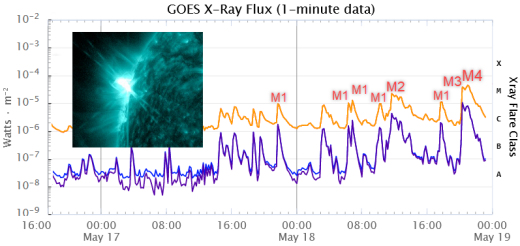Heads up Oklahoma there’s a risk for severe weather Thursday https://tinyurl.com/4vejnrt8 Storm threat increases Thursday-Friday For Nebraska https://tinyurl.com/5hbmzrzx NW Kansas storms produce tornado, torrential rain, damaging winds https://tinyurl.com/4d762uer Heavy hail, rain fall in Parker https://tinyurl.com/2ub9kypd Severe thunderstorm warnings impacting Front Range, eastern plains https://tinyurl.com/3dw9nrwh Severe weather continues around Denver https://tinyurl.com/2p8jecbv An Oregon heat wave is coming. Don’t jump in the river https://tinyurl.com/3dmpvmz4 Overnight hail storm hits parts of Colorado's Front Range, causes damage https://tinyurl.com/54du7nkx Golf ball-sized hail damages cars in Erie https://tinyurl.com/6uw4jsts Good news for Lake Powell as snowpack continues to melt https://tinyurl.com/2n7xf4w7 Heavy Rain in the Lower Mississippi Valley; Severe Storms in the High Plains https://www.weather.gov/ GFS Model Total Snow US https://tinyurl.com/daujw7be 7.6 earthquake hits off Tonga, no tsunami warning https://tinyurl.com/2p92zbry No Tsunami Warning, Advisory, Watch, or Threat https://www.tsunami.gov/ WORLDWIDE VOLCANO NEWS https://www.volcanodiscovery.com/volc... Space Weather https://solarham.net/
I'm curious what's your longitude and latitude. Though that may have nothing to do with your comment.Anecdotally, It seems to be more yellow recently. We've had some cloudless blue sky days and I've sort of had a feeling that its almost like there is a slight color shade or dimness to it.
According to NASA during solar minimums, the sun's light intensity (TSI), fluctuates between your observation and my opinion.
But any and all corrections are always appreciated.
Meanwhile:
Another view of the highly developed #tuba (possible #tornade ), observed yesterday around 5 p.m. in Bellenglise, near St-Quentin
( Aisne )




